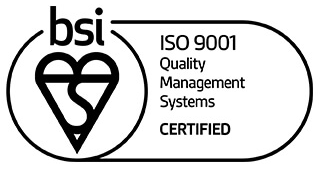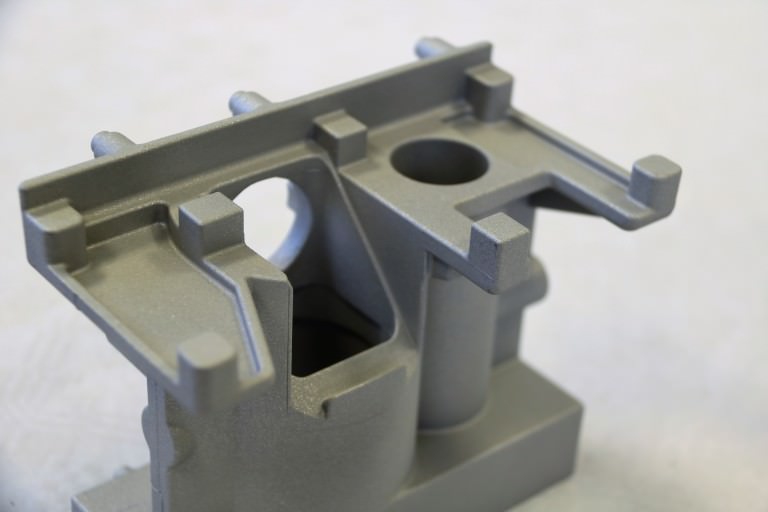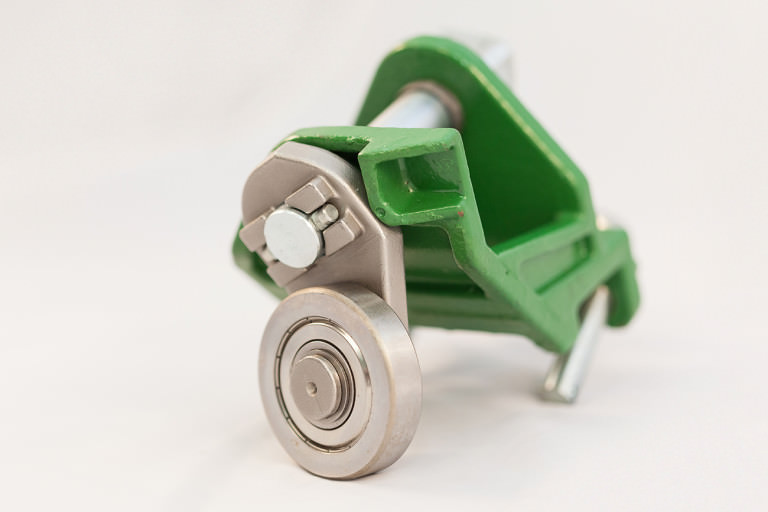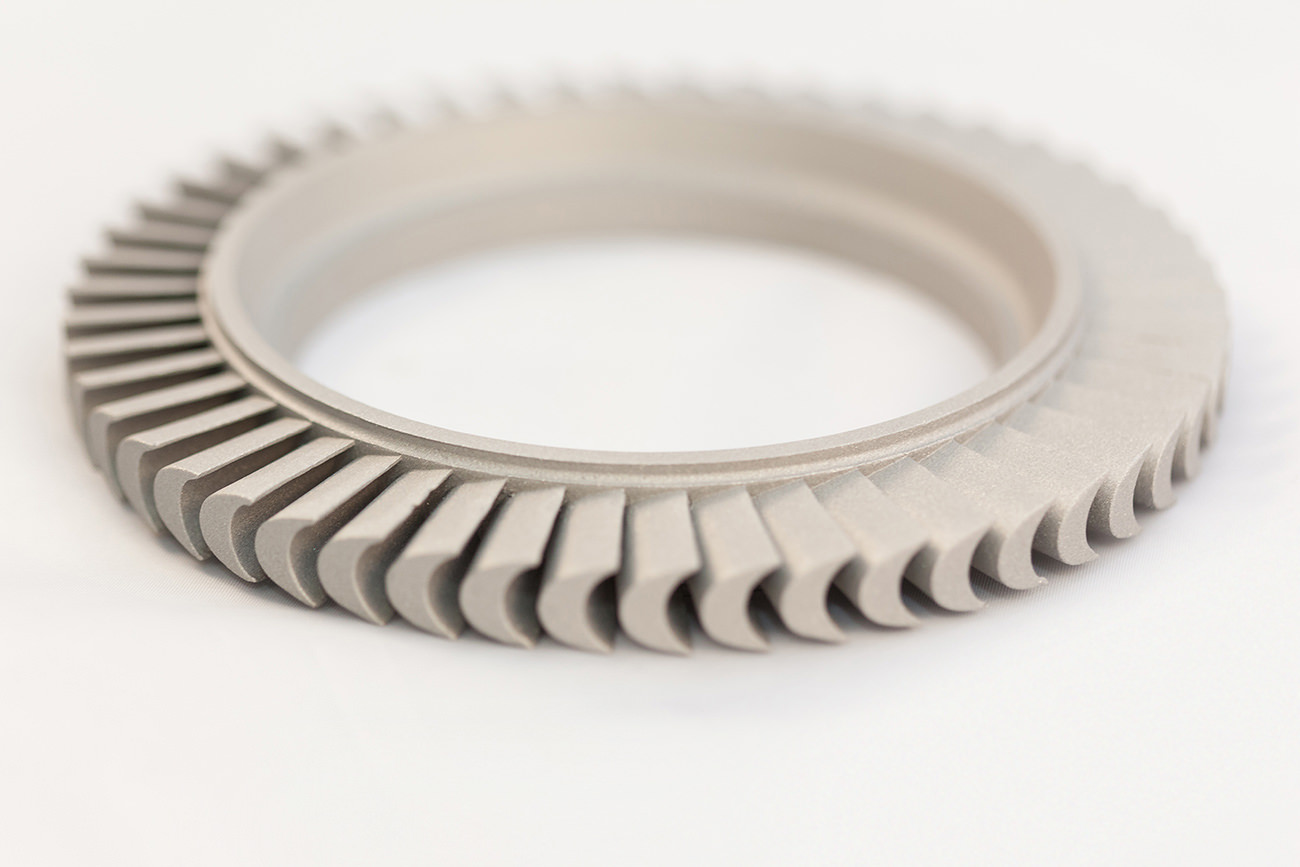The Benefits of Heat Treatment
During manufacturing, some materials might need to be involved in procedures that alter their grain structure. Heat treatments are a way of using controlled heating and cooling procedures to change metal’s physical properties and improve them to be used in a large range of industries.
These heat treatments vary depending on the metal type, and the mechanical properties that are required for the parts’ function. It is essential that the correct heat treatment procedures are followed to ensure the metal meets the specified strength requirements.
Part for a vehicle in the automotive sector.
At Dean Group, we offer many casting processes, treatments and finishes, including heat treatments, designed to add value to your product.
What is the Purpose of Heat Treatment?
Heat treatment is commonly used to alter or strengthen materials’ structure through a heating and cooling process. It can be applied to both ferrous and non-ferrous metals, and there are a number of different methods of heat treatment. At Dean Group we offer many of these methods depending on the desired outcome and cost involved in producing your castings. Each method produces different standards of casting, with specific properties. The method chosen for heat treatment can produce castings with various strengths, temperature resistance, ductility and surface hardness.
WHAT ARE THE BENEFITS OF HEAT TREATMENT?
There are many advantages of heat treatment, including:
- It can change a material’s physical (mechanical) properties and it aids in other manufacturing steps.
- It relieves stresses, making the part easier to machine or weld.
- Increases strength, making the material ductile or more flexible.
- Introduces wear-resistant (hardness) characteristics, either just to the surface or right through the part.
- Improves brittleness. Some metals can become weak or brittle once exposed to a specific environment, so they need to be treated in order to overcome this.
- Can improve the electrical and magnetic properties of a metal, which will improve its compatibility with other materials.
Steel materials benefit greatly from heat treatments, particularly in manufacturing processes like hot forming or after welding.
Basic Heat Treatments
Annealing and Solution Annealing
In this heat treatment, materials are heated up to the desired temperature, which is held for a specific period of time before the material is slowly or rapidly cooled down, depending on the type of material. The process refines the grain microstructure, making it more uniform and easier to work with. It’s also used to improve a material’s ductility for further machining and reduces any potential stresses of castings.
Annealing is often used to reduce the hardness of a material as well, which helps to improve its machinability. Suitable for both ferrous and non-ferrous alloys.
When it comes to solution annealing, the process, while similar to annealing in its use of temperature, is commonly used with 300 series stainless steels to improve corrosion resistance and ductility.
Both treatments are used often in the metallurgy industry, including in the investment casting process.
Hardening and Tempering
Hardening heat treatment and tempering consist of two stages.
Hardening can be performed on certain steels which contain a specified carbon range and involves heating a material, usually above 900oC, before quickly cooling it down or quenching it. The result is lighter, stronger parts, and tools and dies can achieve the required resistance to wear while retaining their toughness. If a component is made of martensitic stainless steel, it can only become resistant to corrosion once it’s been heat-treated like this.
A further heating and cooling cycle known as tempering can be used to introduce a degree of ductility to the part, making it tougher and less likely to crack under pressure. Tempering allows parts to become tougher.
These are important steps in the steel pipe industry, as it improves the mechanical properties of the metals, ensuring their safe use in oil, water or gas pipelines.
Case Harden
Case hardening, or carburising, is a thermochemical process in which alloying elements, mostly carbon or nitrogen, are added to the surface of a metal up to a specific depth (the case); only the outer case becomes hard through this process. This is useful for certain applications since it allows a component to have a ‘soft’ ductile core with a very hard, wear-resistant outer part.
The result is that wear resistance is improved but you don’t have to compromise on toughness. Ideal for a variety of applications where pressure, as well as wear and tear, are a concern.
Carbon steel rail safety part.
Hot Isostatic Pressing (HIP)
This heat treatment process uses inert gases, usually argon, high temperatures and very high pressure; this allows the occurrence of plastic deformation, creep and diffusion. HIP is used to remove internal microporosity, which improves the mechanical properties by compressing any gas and porosity that might be present in the part.
HIP’s properties make it ideal for microporosity removal in any metal but, especially, in high-integrity applications such as aircraft engines and components. It is also used in the medical industry, improving chrome, titanium, and stainless-steel implants.
Normalising Heat Treatment
This technique is applied to ferrous metals only, and is useful for applications that require a uniform, pearlitic structure at a microscopic level; this includes grain size and composition. Often used for ferrous alloys, normalising requires steel to be heated to around 40oC above its critical temperature, held at those degrees for a while and then cooled in the open air.
The end goal of this process is to increase the toughness of the steel, relieve internal stresses and refine the grain size. Materials that have been normalised are tougher than those that have been annealed. Normalising is also, typically, the last treatment given to steel before the part is ready to be used.
Induction Harden
Often used for steel and cast iron, induction hardening will harden the surface of a metal part through induction heat and quenching. The hardness and brittleness of the material are augmented through this process, which also allows you to harden specific areas of a part without compromising the rest. A high-frequency alternating current is passed through a coil to induce rapid heating of the material.
This treatment allows the surface of a part to be more resistant to wear and localised hardening helps to strengthen certain areas of the component without the need to halt the entire process, as is the case with some case-hardening treatments. Induction hardening is also a good choice for larger parts.
Vacuum Heat Treatment
This process allows us to achieve the majority of heat treatments, such as quenching and annealing. This low-pressure treatment is suitable for alloys that are heat-resistant, including nickel-based ones, and helps parts to better withstand high heat environments and other stresses. For this reason, it’s commonly found in sectors like aerospace, mainly for engines and exhausts.
Power generation part in the renewables industry.
Do Castings Always Need Heat Treatment?
The short answer is no. Some parts are ready to be used ‘as cast’ but, sometimes, you need a component for an application that requires certain specifications not offered by the material. This means that, if an alloy is perfect in any way except, for instance, resistance to abrasion, it can undergo heat treatment to gain that characteristic.
Therefore, while not every casting or part will require heat treatment, many materials can greatly benefit from them, since they can improve physical and mechanical properties.
Heat Treatment Processes from Dean Group
We provide a variety of heat treatments at Dean Group, as well as machining, surface treatments and other additional processes. If you wish to learn more about the processes we offer as a investment castings company, including our very own aluminium investment casting (ELITE) process, which we developed at Dean Group, contact us today. You can send us your enquiry, give us a ring on 0161 775 1633 or email us at sales@deangroup-int.co.uk.
Registered in England VAT No: 146307478 Company Registration No: 1062820







